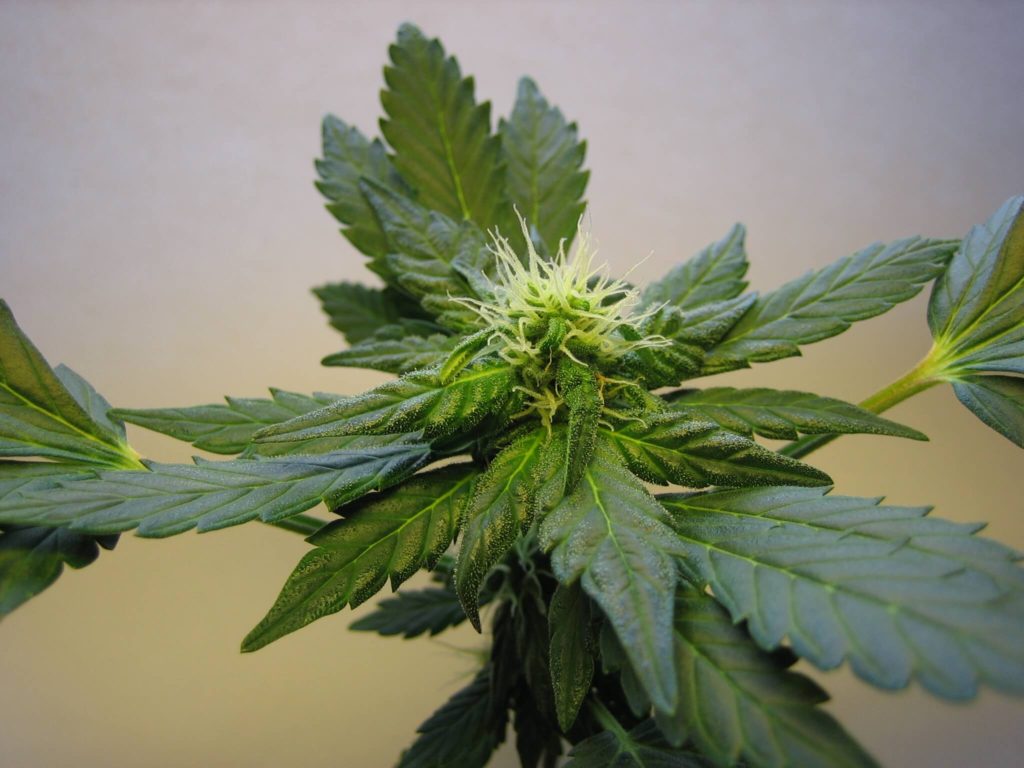Each year we get several calls during the summer about controlling buckhorn plantain. Later in the summer, plantain bolts and sends up a stalk and then develops a seed head. At this stage, the weed is very noticeable in our fields.
Unfortunately, herbicides are ineffective for controlling plantain during the summer. We often talk about herbicide selection being important for good weed control success. Actually, even more important than selecting an herbicide is timing when we apply the herbicide.
Buckhorn plantain is a cool season perennial weed. Achieving good control of broadleaf weeds usually requires spraying the herbicide when the weed is in a vegetative growth stage. Broadleaf herbicides take advantage of the active growth period of the weeds to enhance the mode of action required to control the weed. So make sure the weed is growing when you spray. Once the weed has bloomed, broadleaf herbicides are mostly ineffective.
The best timing for broadleaf plantain is November and March since it is a cool season weed. Spraying in November and following up with another application if needed in March minimizes the chances of the weed producing seed the following summer.
Some weeds will require a newer herbicide like GrazonNext, but buckhorn plantain can be controlled with 2,4-D Ester or by mixing with a formulation of dicamba.
You will need to wait for warm temperatures for the weeds to absorb and effectively mobilize the herbicide. You need 3 to 4 days of 60 degrees before spraying the herbicide. If you have other more difficult to control weeds, then a broader spectrum herbicide might be a better choice.
In most cases, you will kill your clover when you control broadleaf weeds. The best recommendation is to spray your fields until broadleaf weeds are under control and then re-establish your clover.
For more information and a specific application rate, you should always read the herbicide label. For more information on sprayer calibration, application timing, and herbicide mixing, contact your local Extension Office.
Credit: www.heraldcourier.com













